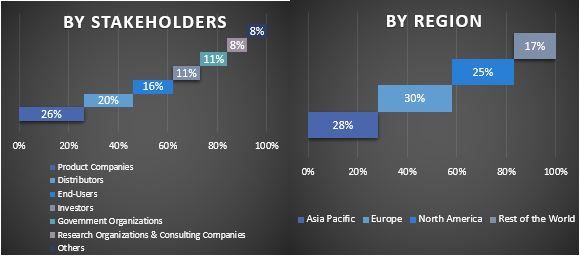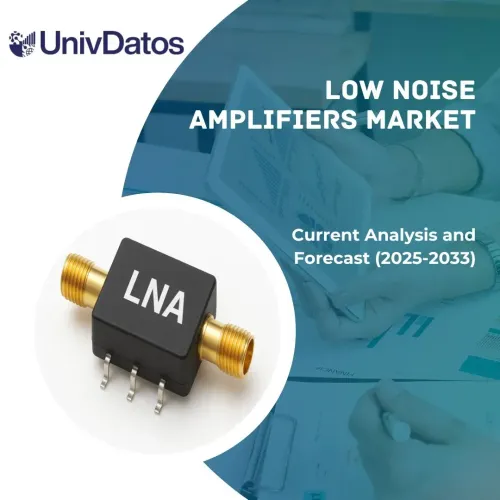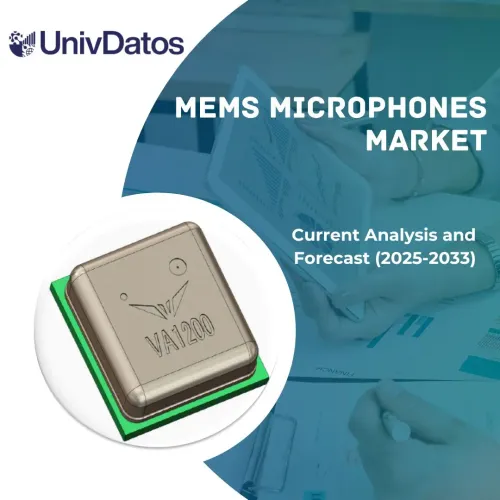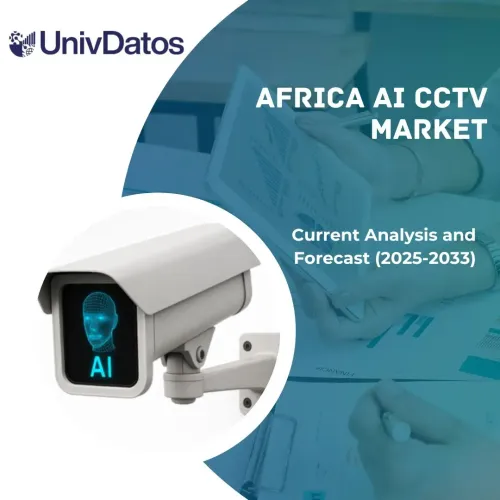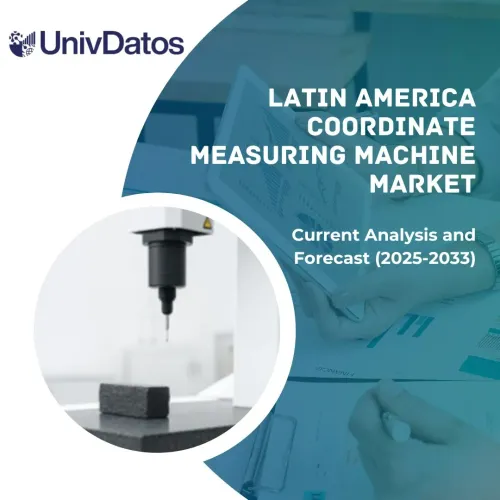- Home
- Chi siamo
- Settore
- Servizi
- Lettura
- Contattaci
Mercato dei sensori di caduta libera: analisi attuale e previsioni (2024-2032)
Enfasi sul Tipo di Sensore (Accelerometri, Giroscopi e Sensori Multiasse); Utilizzo Finale (Elettronica di Consumo, Automotive, Sanità, Industria e Produzione, Aerospaziale e Difesa e Altri); Regione/Paese.
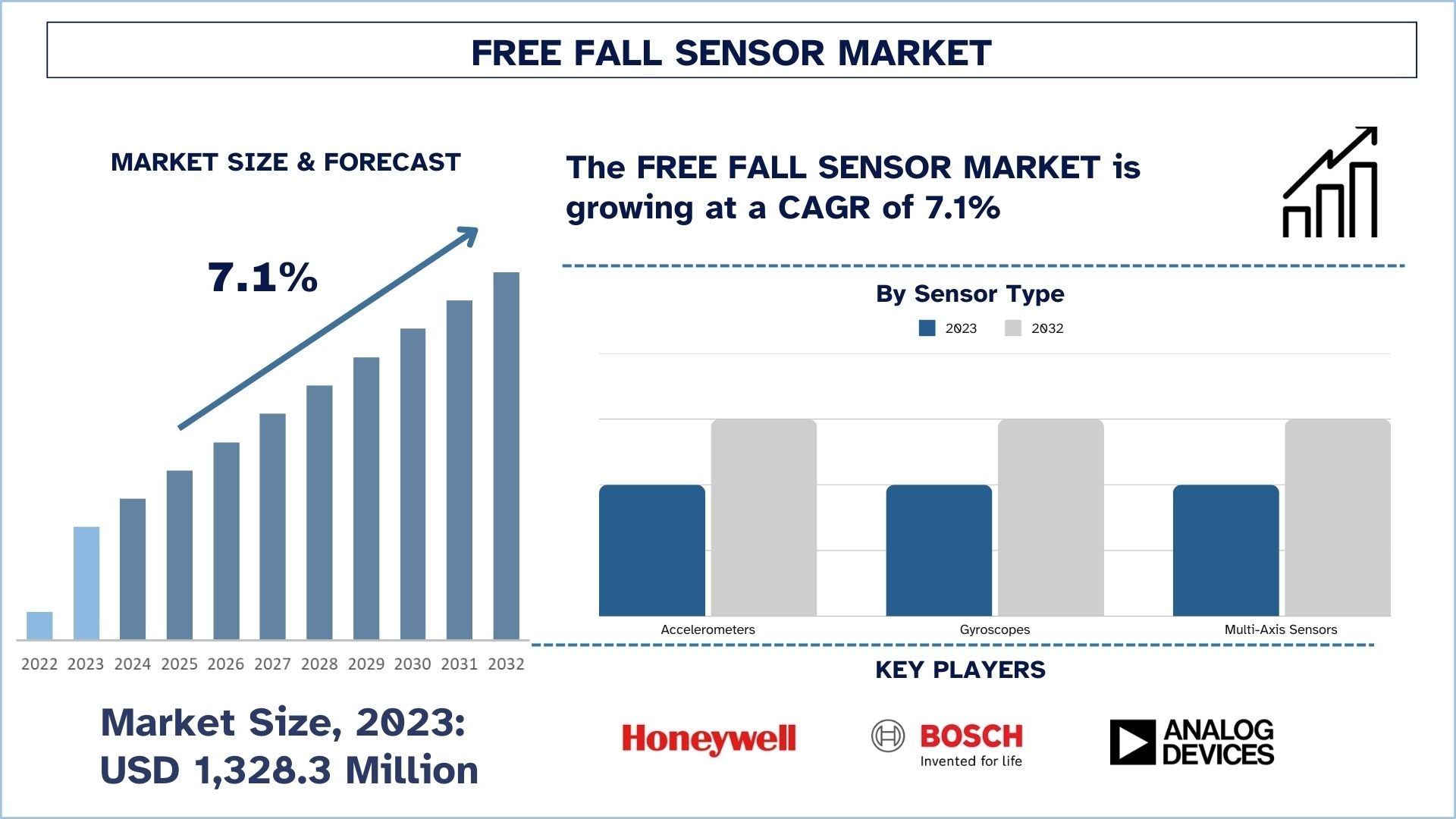
Dimensione e previsioni del mercato dei sensori di caduta libera
Il mercato dei sensori di caduta libera è stato valutato a 1.328,3 milioni di dollari nel 2023 e si prevede che crescerà con un forte CAGR di circa il 7,1% durante il periodo di previsione (2024-2032) a causa della crescente domanda di funzionalità di sicurezza e protezione nell'elettronica di consumo, nei sistemi automobilistici e nelle applicazioni industriali.
Analisi del mercato dei sensori di caduta libera
L'adozione di sensori di caduta libera mostra una rapida espansione del mercato a causa dei crescenti requisiti di sicurezza uniti all'aumento della domanda di dispositivi di rilevamento del movimento in molti settori. I sensori di caduta libera esistono principalmente per identificare movimenti bruschi che proteggono i componenti nell'elettronica insieme ai sistemi automobilistici, ai dispositivi sanitari e ai macchinari industriali dai danni. La crescente adozione di sistemi autonomi e dispositivi tecnologici intelligenti porta all'espansione del mercato. La proliferazione dell'elettronica di consumo combinata con l'attenzione alla sicurezza automobilistica, insieme all'invecchiamento della popolazione mondiale e ai continui miglioramenti della tecnologia dei sensori incentrati sui MEMS (sistemi micro-elettromeccanici), guida questo mercato. Molteplici settori implementano sistemi di sensori poiché servono applicazioni per l'elettronica mobile e i dispositivi indossabili insieme alle apparecchiature industriali e alle applicazioni di sicurezza automobilistica.
I sensori di caduta libera dimostreranno la loro espansione di mercato più rapida nelle regioni dell'Asia-Pacifico, in particolare attraverso Cina e India. La produzione in continua crescita di elettronica della Cina, insieme alle esigenze di sicurezza dei veicoli per i dispositivi intelligenti, ha portato a un'enorme espansione del mercato. Il mercato dei sensori beneficia dell'entusiasta lavoro di innovazione dei veicoli autonomi della Cina, mentre i suoi prodotti elettronici durevoli attraggono una domanda sostanziale come forza principale del mercato. L'India dimostra una rapida adozione di tecnologie avanzate a causa della sua crescente classe media, dell'espansione del mercato dell'elettronica di consumo e della crescita dell'industria automobilistica. Man mano che l'uso della tecnologia indossabile insieme ai dispositivi domestici intelligenti e ai sistemi di monitoraggio della salute cresce all'interno del paese, l'attuale domanda di sensori aumenta di pari passo. La crescita del mercato rimarrà forte nei prossimi anni poiché ogni paese espande le proprie trasformazioni digitali e realizza investimenti crescenti in tecnologie innovative in tutti i settori.
Tendenze del mercato dei sensori di caduta libera
Questa sezione discute le principali tendenze del mercato che stanno influenzando i vari segmenti del mercato dei sensori di caduta libera come identificato dal nostro team di esperti di ricerca.
Crescente domanda di elettronica di consumo
L'elettronica di consumo, inclusi smartphone, laptop, tablet e dispositivi indossabili, stimola una crescita sostanziale all'interno del mercato dei sensori di caduta libera a causa della maggiore dipendenza. L'incorporazione di sensori di caduta libera da parte dei produttori serve a migliorare la durata del prodotto proteggendo le funzionalità critiche, inclusi i dischi rigidi insieme agli schermi e ai circuiti interni da cadute accidentali. I tassi di adozione della tecnologia indossabile funzionano come un importante fattore che contribuisce all'aumento della domanda di sensori di caduta libera perché questi dispositivi necessitano di sensori potenti per l'eccellenza delle prestazioni insieme alla protezione dell'utente.
Aumento degli standard di sicurezza automobilistica
I produttori di veicoli aumentano l'integrazione di sensori di caduta libera come un modo per soddisfare i mandati di sicurezza del settore e migliorare sia la conformità del veicolo che le prestazioni complessive. La presenza di sensori di caduta libera rimane fondamentale per il funzionamento di numerose applicazioni, inclusi i sistemi di dispiegamento degli airbag, il rilevamento degli urti e i sistemi avanzati di assistenza alla guida (ADAS). La tecnologia dei veicoli elettrici e autonomi ha aumentato la necessità di sistemi di sensori complessi, il che rende i sensori di caduta libera essenziali per la salvaguardia delle auto e la protezione dei loro passeggeri.
Espansione della tecnologia indossabile
Il mercato dei sensori di caduta libera si è espanso in modo significativo perché sempre più consumatori utilizzano smartwatch indossabili, nonché fitness tracker e sistemi di monitoraggio della salute. Le caratteristiche di sicurezza umana, così come la misurazione precisa dei dati, possono essere alimentate da sensori di caduta libera che forniscono funzionalità di tracciamento del movimento e tracciano le cadute insieme alle funzionalità di difesa dagli impatti. Il miglioramento del design di sistemi di sensori di caduta libera compatti e di piccole dimensioni continua a causa della crescente domanda di dispositivi indossabili per la salute nell'assistenza agli anziani e nelle applicazioni di monitoraggio del fitness.
Automazione industriale e integrazione IoT
I sensori di caduta libera beneficiano dell'automazione industriale e dell'adozione di dispositivi connessi all'IoT per creare applicazioni di produzione intelligente e apparecchiature industriali. Questi sensori analizzano le macchine industriali identificando collisioni improvvise per migliorare la sicurezza operativa nelle sedi di produzione. I sensori di caduta libera sperimentano l'espansione delle opportunità di adozione attraverso le tecnologie IoT nella produzione, insieme alla logistica e all'edilizia, il che consente il rilevamento in tempo reale fornendo al contempo manutenzione predittiva per migliorare l'efficacia operativa e proteggere la sicurezza dei lavoratori.
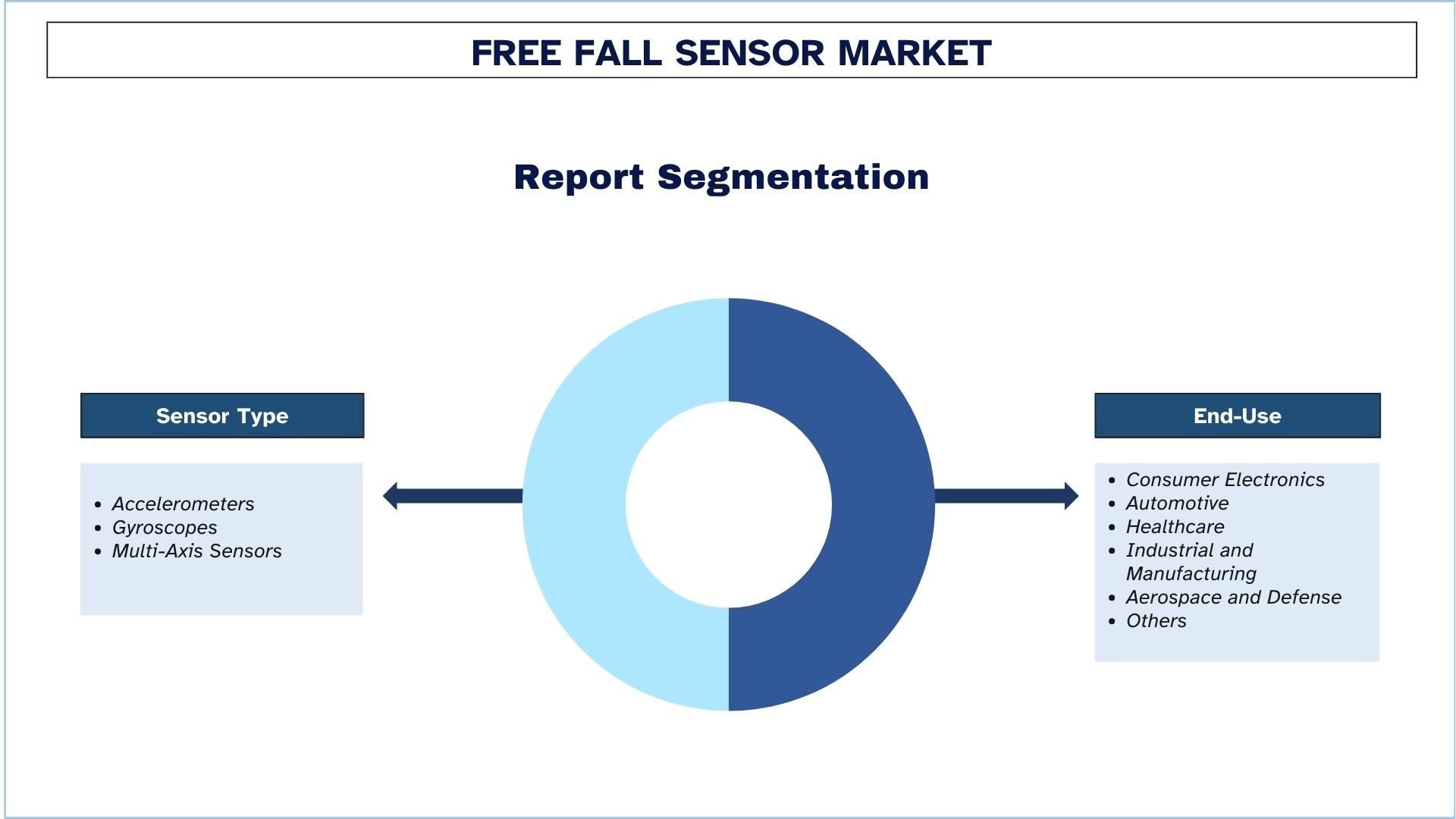
Si prevede che l'APAC crescerà con un CAGR significativo durante il periodo di previsione
L'attività del mercato dei sensori di caduta libera nella regione Asia-Pacifico (APAC) si sta espandendo rapidamente a causa dell'espansione delle vendite di elettronica di consumo e del rafforzamento della tecnologia automobilistica e dei requisiti di automazione industriale. Cina, India, Giappone e Corea del Sud dimostrano una significativa partecipazione al mercato perché mantengono importanti operazioni di produzione insieme al progresso tecnologico. L'espansione del mercato dell'elettronica di consumo, costituito da smartphone e tablet, insieme a laptop e dispositivi indossabili, ha portato alla diffusa adozione di sensori di caduta libera per proteggere i dispositivi elettronici dalle cadute e prolungarne la longevità. Il settore automobilistico nell'APAC implementa sensori di caduta libera come funzionalità di sicurezza avanzate per migliorare la sicurezza del veicolo sia per i veicoli elettrici che per quelli autonomi.
La crescente adozione di automazione industriale e IoT nella regione APAC consente ai sensori di caduta libera di aprire nuove applicazioni all'interno della produzione servendo al contempo sistemi di robotica e domini di macchinari pesanti. I paesi della regione APAC vedono una crescente domanda di dispositivi intelligenti e connessi a causa della loro rapida urbanizzazione insieme a una popolazione della classe media in via di sviluppo insieme ai crescenti progressi tecnologici. La protezione dei prodotti industriali e di consumo si basa sempre più sui sensori di caduta libera per fornire sistemi di rilevamento efficaci. La regione APAC emerge come una forza vitale che modella l'espansione del mercato globale dei sensori di caduta libera perché il suo settore infrastrutturale avanzato supporta la sua grande popolazione insieme ai suoi mercati emergenti in espansione.
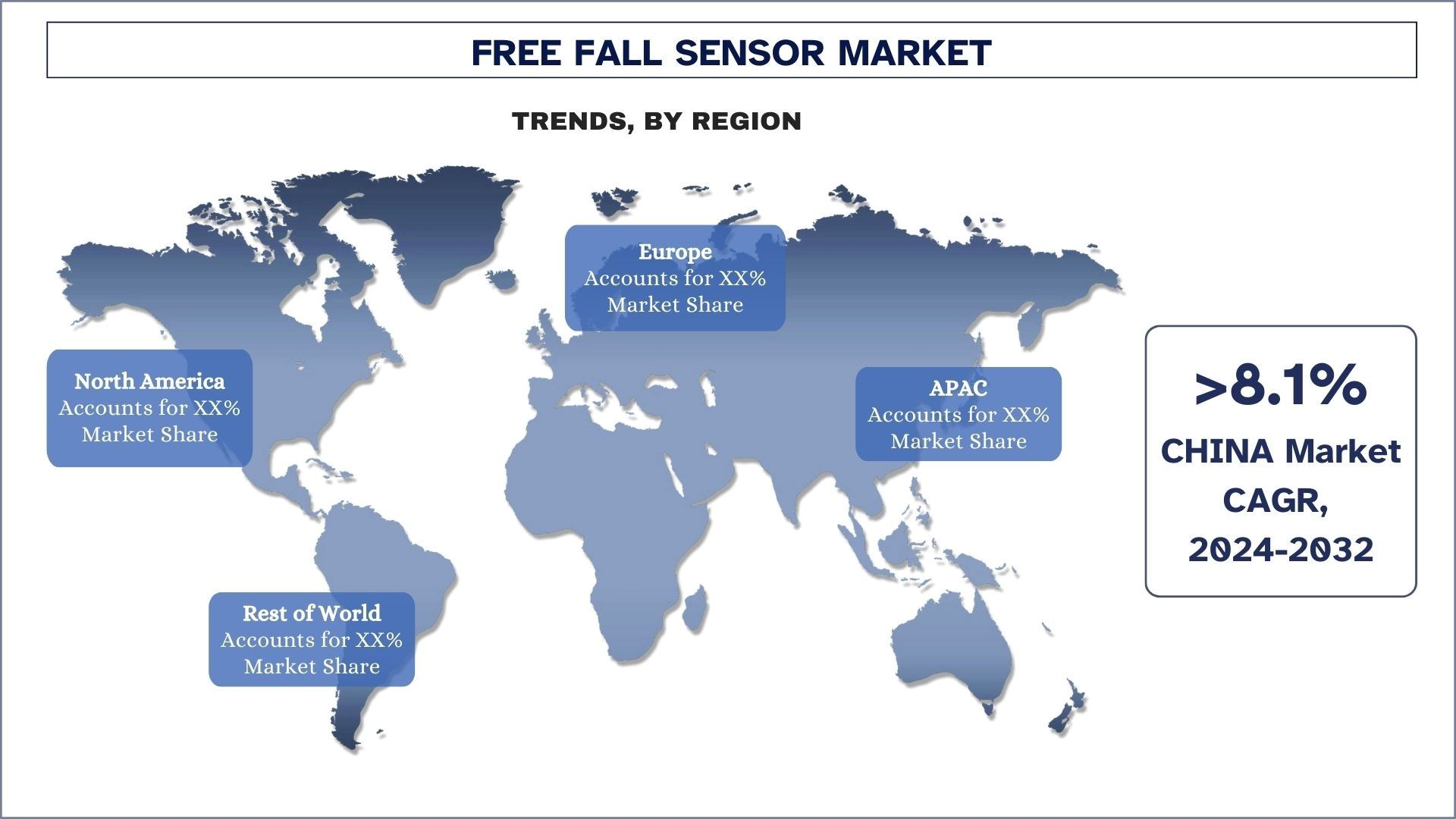
Panoramica del settore dei sensori di caduta libera
Il mercato dei sensori di caduta libera è competitivo e frammentato, con la presenza di numerosi attori del mercato globale e internazionale. I principali attori stanno adottando diverse strategie di crescita per migliorare la loro presenza sul mercato, come partnership, accordi, collaborazioni, lanci di nuovi prodotti, espansioni geografiche e fusioni e acquisizioni. Alcuni dei principali attori che operano nel mercato includono Honeywell International Inc., Bosch Sensortec GmbH, Analog Devices, Inc., STMicroelectronics, Texas Instruments Inc., Murata Manufacturing Co., Ltd., Kionix Inc. (una società del gruppo ROHM), Infineon Technologies AG, NXP Semiconductors e TDK Corporation.
Notizie sul mercato dei sensori di caduta libera
Nel gennaio 2025, Redwire Corporation (NYSE: RDW), leader nelle infrastrutture spaziali per l'economia spaziale di prossima generazione, ha annunciato oggi di aver firmato un accordo definitivo per l'acquisizione di Edge Autonomy, fornitore leader di sistemi aerei senza equipaggio ("UAS") collaudati sul campo.
Copertura del rapporto sul mercato dei sensori di caduta libera
Attributo del rapporto | Dettagli |
Anno base | 2023 |
Periodo di previsione | 2024-2032 |
Slancio di crescita | Accelerare a un CAGR del 7,1% |
Dimensione del mercato 2023 | 1.328,3 milioni di dollari |
Analisi regionale | Nord America, Europa, APAC, Resto del mondo |
Principale regione contributiva | Si prevede che l'Asia-Pacifico crescerà al CAGR più alto durante il periodo previsto |
Principali paesi coperti | Stati Uniti, Canada, Germania, Spagna, Italia, Francia, Regno Unito, Cina, Giappone, Corea del Sud e India |
Società profilate | Honeywell International Inc., Bosch Sensortec GmbH, Analog Devices, Inc., STMicroelectronics, Texas Instruments Inc., Murata Manufacturing Co., Ltd., Kionix Inc. (una società del gruppo ROHM), Infineon Technologies AG, NXP Semiconductors e TDK Corporation. |
Ambito del rapporto | Tendenze del mercato, fattori trainanti e limitazioni; Stima e previsione delle entrate; Analisi della segmentazione; Analisi della domanda e dell'offerta; Panorama competitivo; Profilazione aziendale |
Motivi per acquistare questo rapporto:
Lo studio include l'analisi della dimensione del mercato e delle previsioni convalidate da esperti chiave del settore autenticati.
Il rapporto presenta una rapida panoramica delle prestazioni complessive del settore a colpo d'occhio.
Il rapporto copre un'analisi approfondita dei principali concorrenti del settore con un focus primario sui principali dati finanziari aziendali, sui portafogli di prodotti, sulle strategie di espansione e sugli sviluppi recenti.
Esame dettagliato dei fattori trainanti, delle limitazioni, delle tendenze chiave e delle opportunità prevalenti nel settore.
Lo studio copre in modo completo il mercato attraverso diversi segmenti.
Analisi approfondita a livello regionale del settore.
Opzioni di personalizzazione:
Il mercato globale dei sensori di caduta libera può essere ulteriormente personalizzato in base alle esigenze o a qualsiasi altro segmento di mercato. Inoltre, UMI comprende che potresti avere le tue esigenze aziendali, quindi non esitare a contattarci per ottenere un rapporto che si adatti completamente alle tue esigenze.
Indice
Metodologia di ricerca per l'analisi del mercato dei sensori di caduta libera (2024-2032)
L'analisi del mercato storico, la stima del mercato attuale e la previsione del mercato futuro dei sensori di caduta libera globali sono stati i tre principali passaggi intrapresi per creare ed esplorare l'adozione dei sensori di caduta libera nelle principali regioni a livello globale. È stata condotta un'esaustiva ricerca secondaria per raccogliere i dati storici del mercato e stimare le dimensioni attuali del mercato. In secondo luogo, sono state prese in considerazione numerose scoperte e ipotesi per convalidare queste informazioni. Inoltre, sono state condotte anche interviste primarie esaustive con esperti del settore lungo tutta la catena del valore del mercato globale dei sensori di caduta libera. Dopo l'assunzione e la convalida dei dati di mercato attraverso interviste primarie, abbiamo impiegato un approccio top-down/bottom-up per prevedere le dimensioni complete del mercato. Successivamente, sono stati adottati metodi di suddivisione del mercato e di triangolazione dei dati per stimare e analizzare le dimensioni del mercato dei segmenti e dei sottosegmenti del settore. La metodologia dettagliata è spiegata di seguito:
Analisi delle dimensioni storiche del mercato
Passaggio 1: Studio approfondito delle fonti secondarie:
È stato condotto uno studio secondario dettagliato per ottenere le dimensioni storiche del mercato dei sensori di caduta libera attraverso fonti interne all'azienda come relazioni annuali e bilanci, presentazioni delle prestazioni, comunicati stampa, ecc., e fonti esterne tra cui riviste, notizie e articoli, pubblicazioni governative, pubblicazioni della concorrenza, relazioni di settore, database di terze parti e altre pubblicazioni credibili.
Passaggio 2: Segmentazione del mercato:
Dopo aver ottenuto le dimensioni storiche del mercato dei sensori di caduta libera, abbiamo condotto un'analisi secondaria dettagliata per raccogliere informazioni storiche sul mercato e quote per diversi segmenti e sottosegmenti per le principali regioni. I principali segmenti inclusi nel rapporto sono, ad esempio, il tipo di sensore e l'uso finale. Sono state condotte ulteriori analisi a livello di paese per valutare l'adozione complessiva dei modelli di test in quella regione.
Passaggio 3: Analisi dei fattori:
Dopo aver acquisito le dimensioni storiche del mercato di diversi segmenti e sottosegmenti, abbiamo condotto un'analisi dettagliata dei fattori per stimare le dimensioni attuali del mercato dei sensori di caduta libera. Inoltre, abbiamo condotto un'analisi dei fattori utilizzando variabili dipendenti e indipendenti come il tipo di sensore e l'uso finale del mercato dei sensori di caduta libera. È stata condotta un'analisi approfondita degli scenari di domanda e offerta considerando le principali partnership, fusioni e acquisizioni, l'espansione aziendale e i lanci di prodotti nel settore dei sensori di caduta libera in tutto il mondo.
Stima e previsione delle dimensioni attuali del mercato
Dimensionamento attuale del mercato: Sulla base di informazioni utili derivanti dai 3 passaggi precedenti, siamo giunti alle dimensioni attuali del mercato, ai principali operatori nel mercato globale dei sensori di caduta libera e alle quote di mercato dei segmenti. Tutte le quote percentuali richieste suddivise e le ripartizioni del mercato sono state determinate utilizzando l'approccio secondario sopra menzionato e sono state verificate attraverso interviste primarie.
Stima e previsione: Per la stima e la previsione del mercato, sono stati assegnati pesi a diversi fattori, inclusi driver e tendenze, vincoli e opportunità disponibili per le parti interessate. Dopo aver analizzato questi fattori, sono state applicate tecniche di previsione pertinenti, ovvero l'approccio top-down/bottom-up, per arrivare alla previsione di mercato per il 2032 per diversi segmenti e sottosegmenti nei principali mercati a livello globale. La metodologia di ricerca adottata per stimare le dimensioni del mercato comprende:
Le dimensioni del mercato del settore, in termini di entrate (USD) e il tasso di adozione del sensore di caduta libera nei principali mercati nazionali
Tutte le quote percentuali, le suddivisioni e le ripartizioni dei segmenti di mercato e dei sottosegmenti
I principali operatori nel mercato globale dei sensori di caduta libera in termini di prodotti offerti. Inoltre, le strategie di crescita adottate da questi operatori per competere nel mercato in rapida crescita
Convalida delle dimensioni e della quota di mercato
Ricerca primaria: Sono state condotte interviste approfondite con i Key Opinion Leaders (KOL) tra cui i dirigenti di alto livello (CXO/VP, responsabile vendite, responsabile marketing, responsabile operativo, responsabile regionale, responsabile paese, ecc.) nelle principali regioni. I risultati della ricerca primaria sono stati quindi riassunti ed è stata eseguita un'analisi statistica per dimostrare l'ipotesi dichiarata. I contributi della ricerca primaria sono stati consolidati con i risultati secondari, trasformando così le informazioni in informazioni utili.
Ripartizione dei partecipanti primari nelle diverse regioni
Ingegneria del mercato
È stata impiegata la tecnica di triangolazione dei dati per completare la stima complessiva del mercato e per arrivare a numeri statistici precisi per ciascun segmento e sottosegmento del mercato globale dei sensori di caduta libera. I dati sono stati suddivisi in diversi segmenti e sottosegmenti dopo aver studiato vari parametri e tendenze nelle aree del tipo di sensore e dell'uso finale nel mercato globale dei sensori di caduta libera.
L'obiettivo principale dello studio sul mercato globale dei sensori di caduta libera
Le tendenze attuali e future del mercato globale dei sensori di caduta libera sono state individuate nello studio. Gli investitori possono ottenere informazioni strategiche per basare la propria discrezione per gli investimenti sull'analisi qualitativa e quantitativa eseguita nello studio. Le tendenze attuali e future del mercato hanno determinato l'attrattiva complessiva del mercato a livello regionale, fornendo una piattaforma per il partecipante industriale per sfruttare il mercato non sfruttato per beneficiare di un vantaggio di first-mover. Altri obiettivi quantitativi degli studi includono:
Analizzare le dimensioni attuali e previste del mercato del settore dei sensori di caduta libera in termini di valore (USD). Inoltre, analizzare le dimensioni attuali e previste del mercato di diversi segmenti e sottosegmenti
I segmenti nello studio includono le aree del tipo di sensore e dell'uso finale
Definire e analizzare il quadro normativo per il settore dei sensori di caduta libera
Analizzare la catena del valore coinvolta con la presenza di vari intermediari, insieme all'analisi del comportamento dei clienti e della concorrenza del settore
Analizzare le dimensioni attuali e previste del mercato dei sensori di caduta libera per la regione principale
I principali paesi delle regioni studiati nel rapporto includono Asia Pacifico, Europa, Nord America e il resto del mondo
Profili aziendali del mercato dei sensori di caduta libera e le strategie di crescita adottate dagli operatori di mercato per sostenersi nel mercato in rapida crescita
Analisi approfondita a livello regionale del settore.
Domande frequenti FAQ
D1: Qual è l'attuale dimensione del mercato e il potenziale di crescita del mercato dei sensori di caduta libera?
Il mercato dei sensori di caduta libera è stato valutato 1.328,3 milioni di dollari nel 2023 e si prevede che crescerà con un forte CAGR di circa il 7,1% durante il periodo di previsione (2024-2032).
Q2: Quali sono i fattori trainanti per la crescita del mercato dei sensori di caduta libera?
La crescita del mercato dei sensori di caduta libera è guidata dalla crescente domanda di elettronica di consumo durevole, dai progressi nella sicurezza automobilistica, dall'automazione industriale e dall'aumento delle tecnologie indossabili.
Q3: Quale segmento detiene la quota maggiore nel mercato dei sensori di caduta libera in base all'utilizzo finale?
Il segmento dell'elettronica di consumo detiene la quota maggiore del mercato dei sensori di caduta libera per utilizzo finale.
Q4: Quali sono le tecnologie emergenti e le tendenze nel mercato dei sensori a caduta libera?
Le tecnologie emergenti e le tendenze nel mercato dei sensori di caduta libera includono lo sviluppo di sensori miniaturizzati ed efficienti dal punto di vista energetico, l'integrazione con dispositivi IoT e l'adozione di algoritmi avanzati di machine learning per la manutenzione predittiva.
Q5: Quale regione dominerà nel mercato dei sensori di caduta libera?
Si prevede che l'APAC dominerà il mercato durante il periodo di previsione.
Correlati Report
I clienti che hanno acquistato questo articolo hanno acquistato anche

